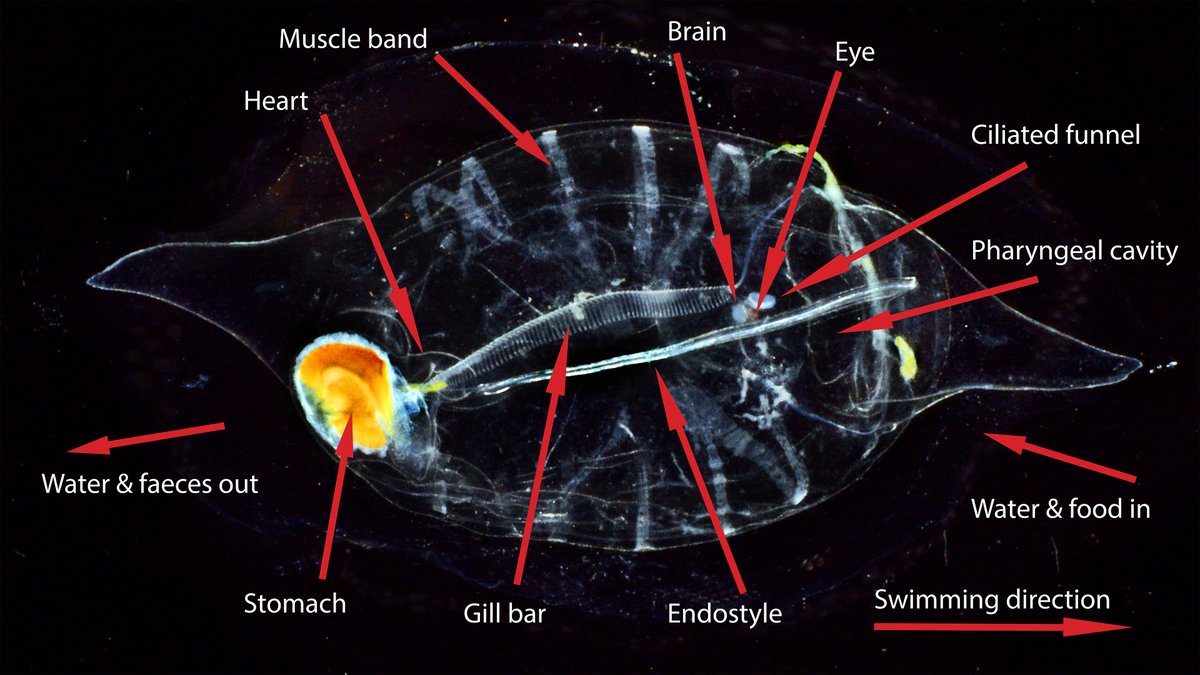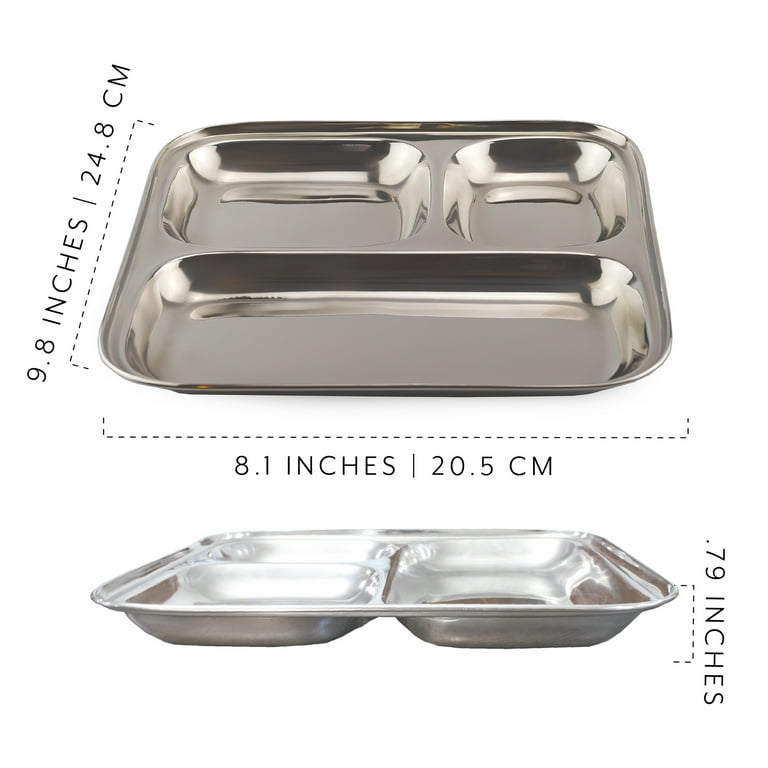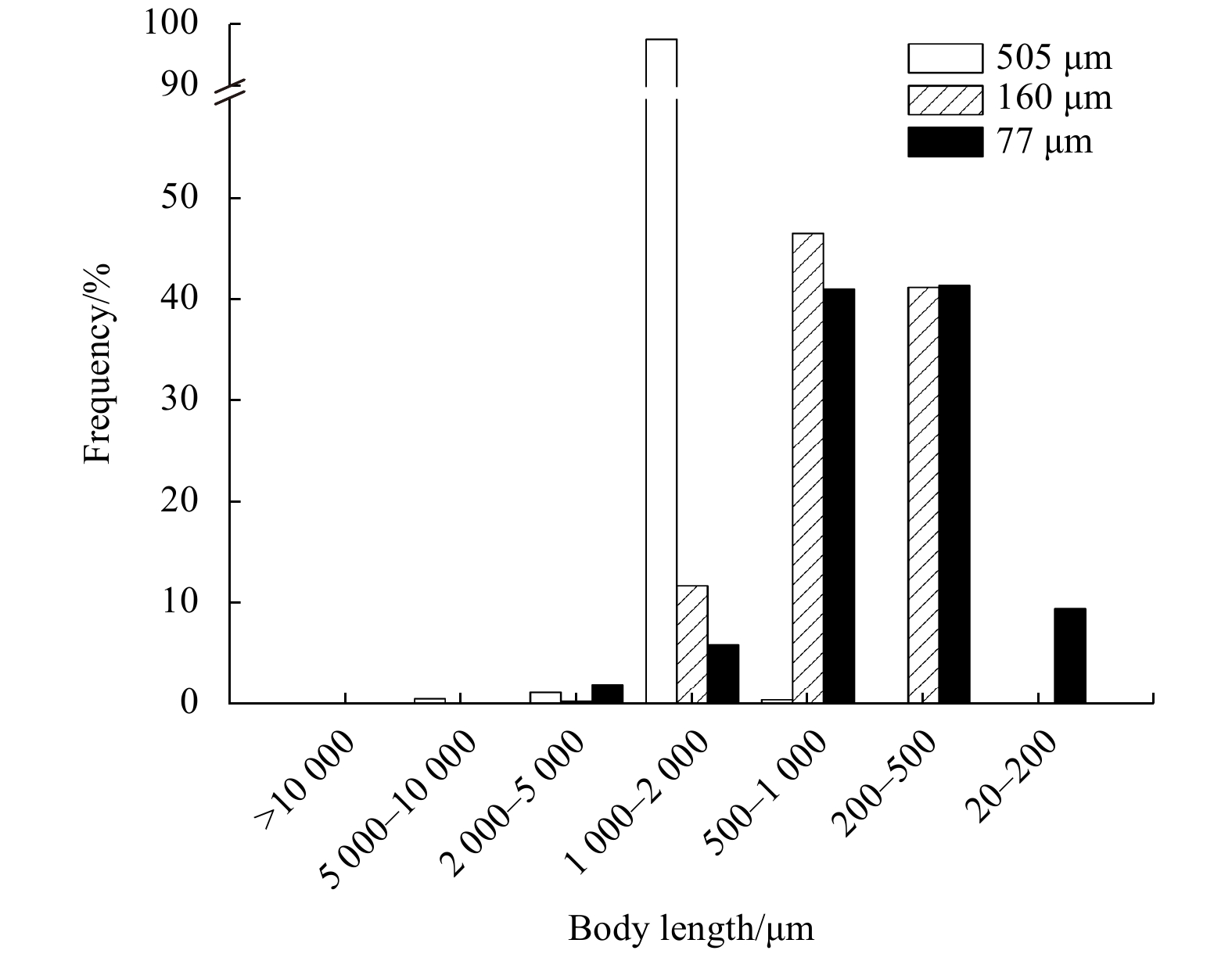
Zooplankton community size-structure change and mesh size selection under the thermal stress caused by a power plant in a semi-enclosed bay
Zooplankton samples were collected using 505, 160 and 77 μm mesh nets around a power plant during four seasons in 2011. We measured total length of zooplankton and divided zooplankton into seven size classes in order to explore how zooplankton community size-structure might be altered by thermal discharge from power plant. The total length of zooplankton varied from 93.7 to 40 074.7 μm. The spatial distribution of meso-zooplankton (200 −2 000 μm) populations were rarely affected by thermal discharge, while macro- (2 000 −10 000 μm) and megalo-zooplankton (>10 000 μm) had an obvious tendency to migrate away from the outfall of power plant. Thus, zooplankton community tended to become smaller and biodiversity reduced close to power plant. Moreover, we compared the zooplankton communities in three different mesh size nets. Species richness, abundance, evenness index and Shannon−Wiener diversity index of the 505 µm mesh size were significantly lower than those recorded from the 160 and 77 µm mesh size. Average zooplankton abundance was highest in the 77 µm mesh net ((27 690.0±1 633.7) ind./m<sup>3</sup>), followed by 160 µm mesh net ((9 531.1±1 079.5) ind./m<sup>3</sup>), and lowest in 505 µm mesh net ((494.4±104.7) ind./m<sup>3</sup>). The ANOSIM and SIMPER tests confirmed that these differences were mainly due to small zooplankton and early developmental stages of zooplankton. It is the first time to use the 77 µm mesh net to sample zooplankton in such an environment. The 77 µm mesh net had the overwhelming abundance of the copepod genus <i>Oithona</i>, as an order of magnitude greater than recorded for 160 µm mesh net and 100% loss through the 505 μm mesh net. These results indicate that the use of a small or even multiple sampling net is necessary to accurately quantify entire zooplankton community around coastal power plant.

Conventional net tow versus environmental DNA for metabarcoding-based analysis of plankton-environment interactions in polluted aquatic ecosystems - ScienceDirect
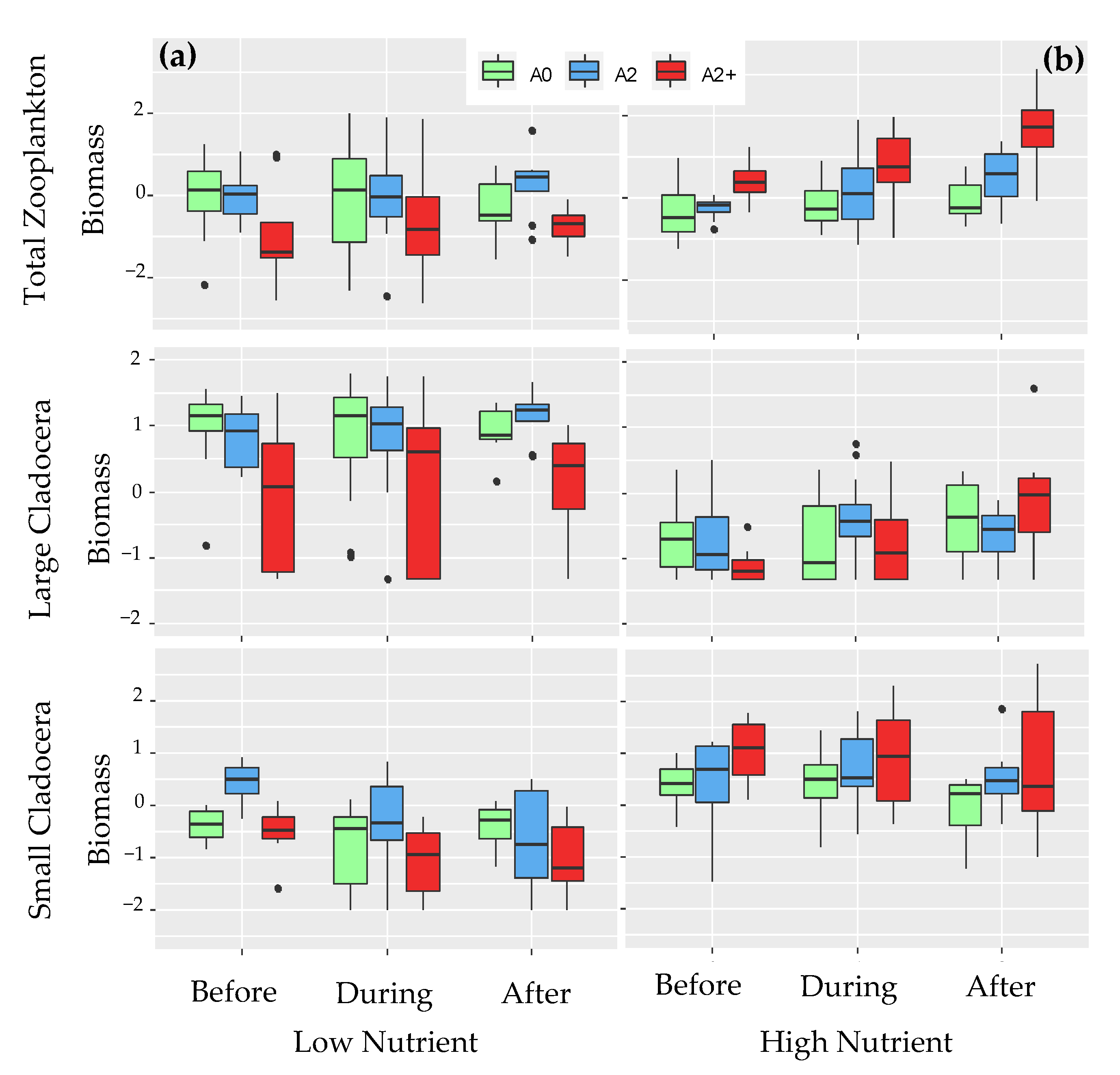
Water, Free Full-Text
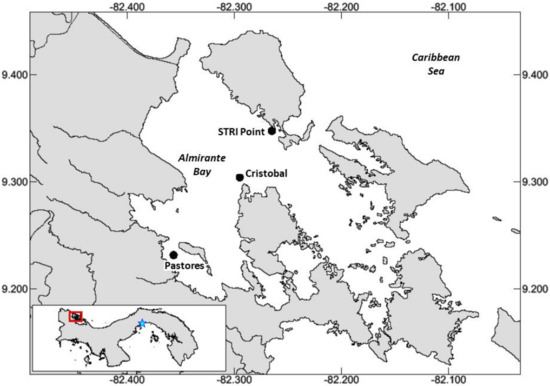
JMSE, Free Full-Text
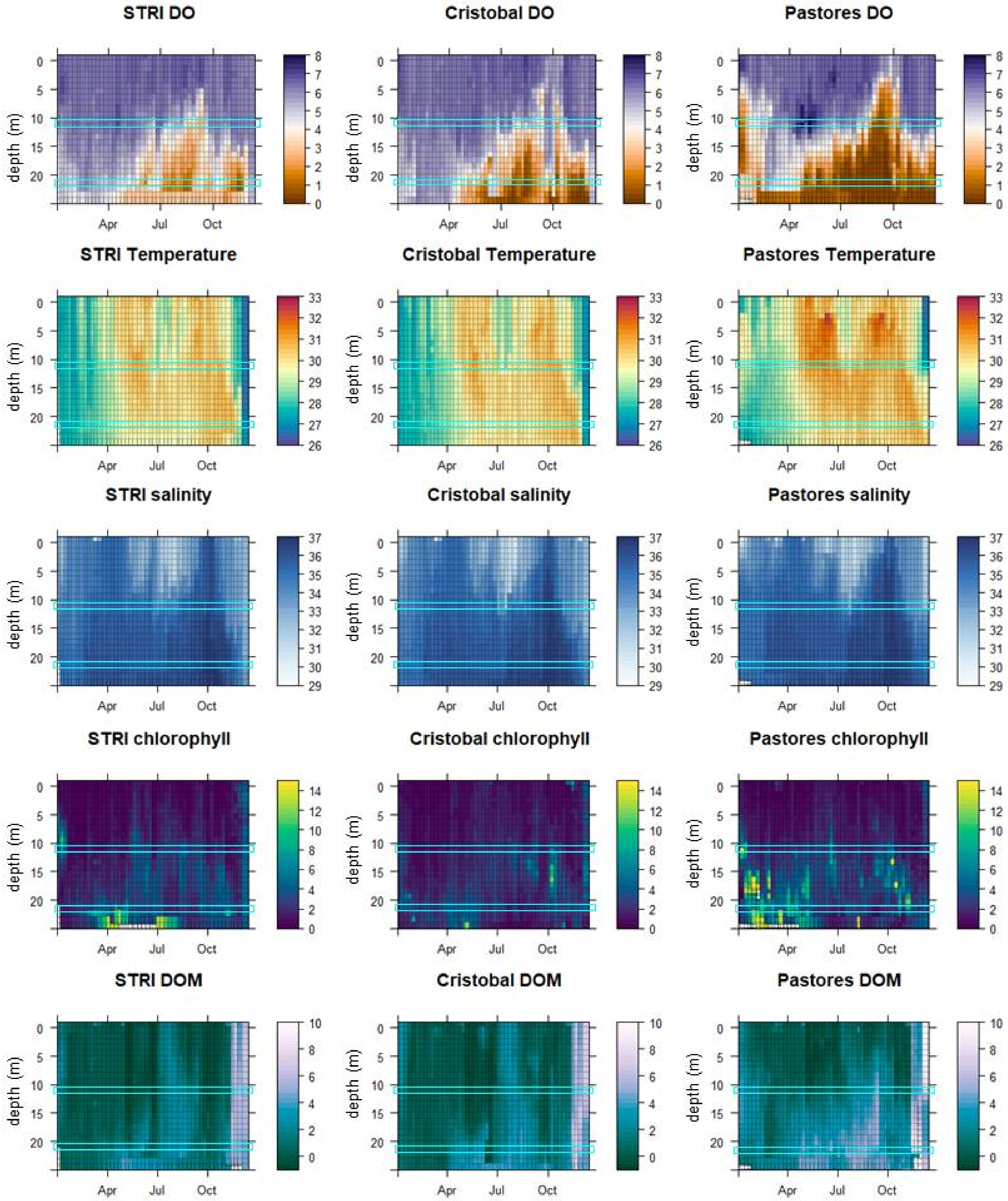
JMSE, Free Full-Text

PDF) Spatial heterogeneity of macro- and meso-zooplankton in Xiangshan Bay in spring and summer

Chengxu ZHOU, Ningbo University, Ningbo

Chengxu ZHOU, Ningbo University, Ningbo

BG - Biophysical controls on seasonal changes in the structure, growth, and grazing of the size-fractionated phytoplankton community in the northern South China Sea
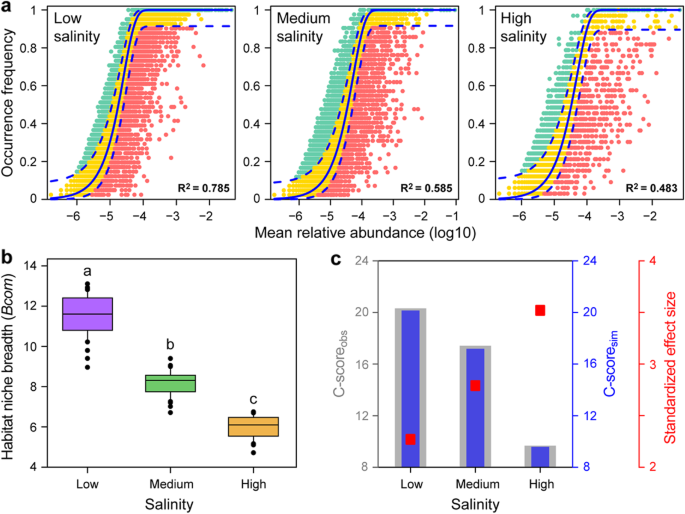
Low shifts in salinity determined assembly processes and network stability of microeukaryotic plankton communities in a subtropical urban reservoir, Microbiome
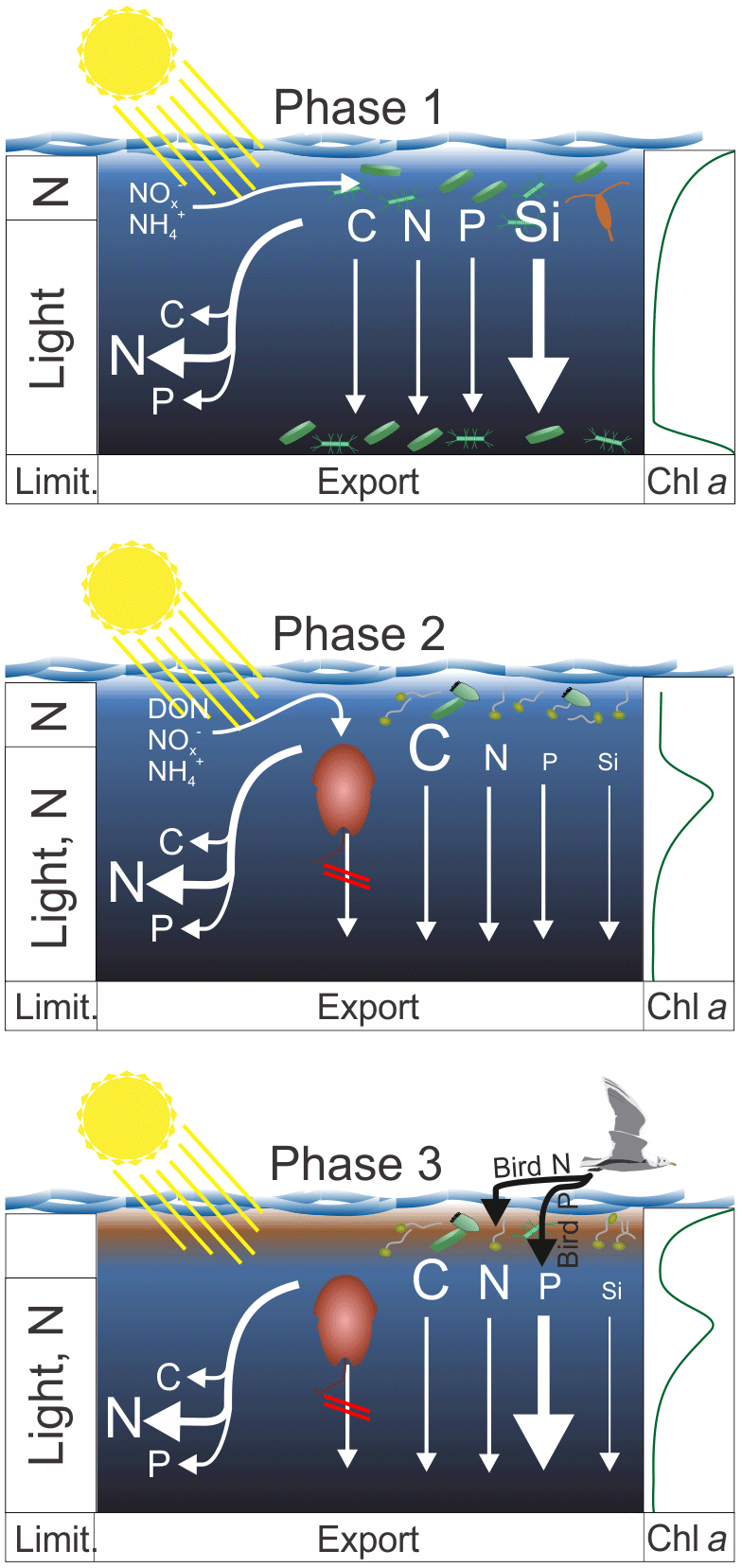
BG - Factors controlling plankton community production, export flux, and particulate matter stoichiometry in the coastal upwelling system off Peru

Seasonal dynamics of zooplankton biomass and abundance in Xiangshan Bay

Response of marine copepods to a changing tropical environment: winners, losers and implications [PeerJ]

Macroscale patterns of oceanic zooplankton composition and size structure
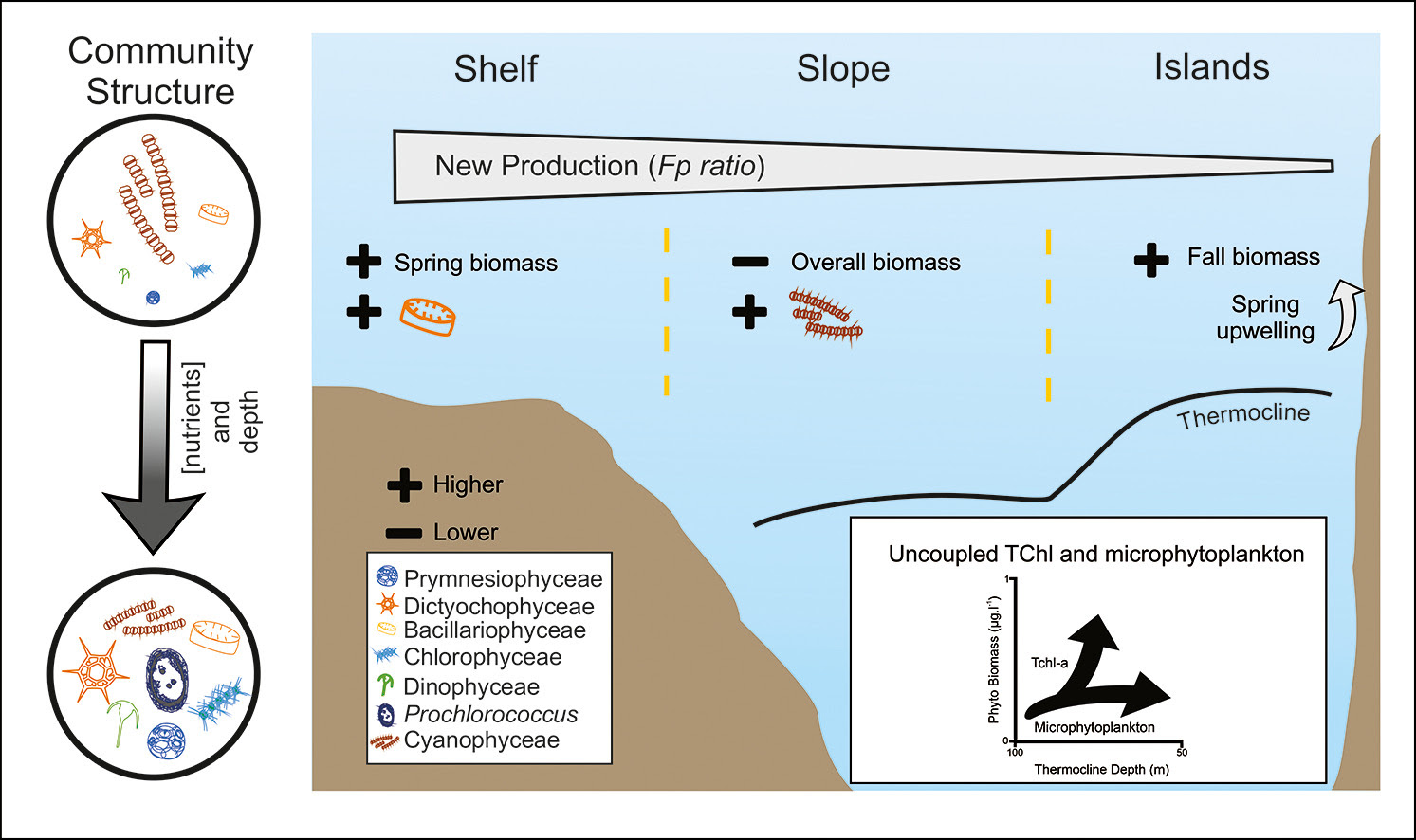
Uncoupled changes in phytoplankton biomass and size structure in the western tropical Atlantic



